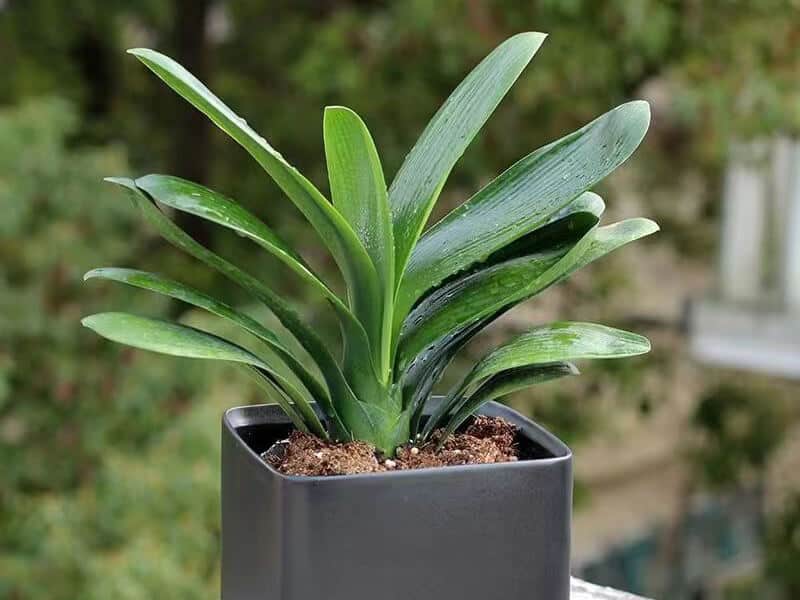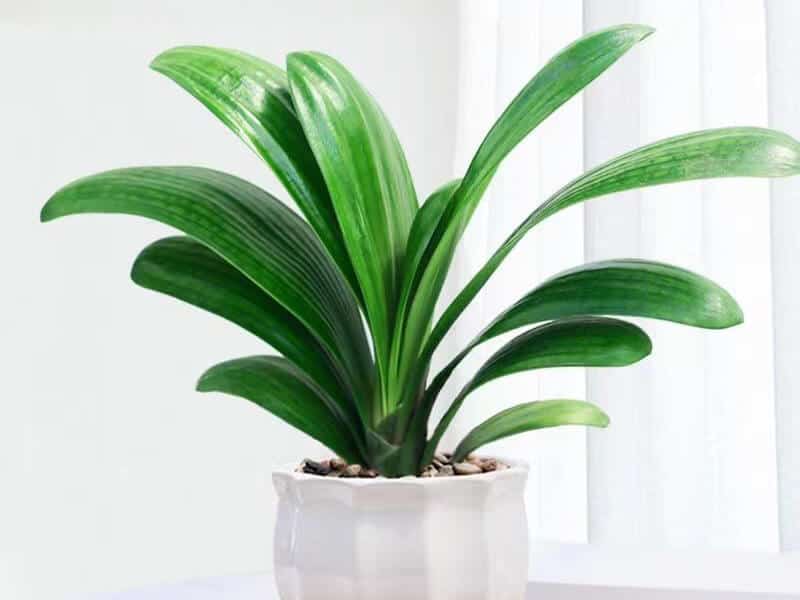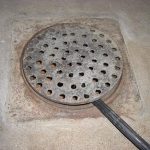Clivia Miniata includes the broadleaf, evergreen, clustering perennial known as the flame lily, which is endemic to South Africa.
It requires a flame lily plant a few years to bloom, so unless you have a lot of patience, it is advisable to buy a mature plant. The spectacular, protracted blooms are often orange, white, or yellow in color and lily-shaped. The plant can reach heights of 2 feet and widths of 3 feet.
Clivia Miniata commonly referred to as a bush lily, is a stylish flowering plant that can be used in place of plants like azaleas, amaryllis, and others that blossom in the winter. The dense clusters of 12 to 20 long-lasting orange or yellow flowers are formed on top of a stout stem.

Clivia Miniata Care
Frost can harm Clivia Miniata since they are sensitive to temperatures below 5 °C (40 °F). They thrive in bright, filtered, or indirect light and should be cultivated as a houseplant in a nursery or warm greenhouse. Place plants away from heaters or other forms of heat in the summer to avoid direct sunlight, which could scorch the leaves.
Sunlight
The best environment for clivia outdoor growth is dappled shade. They will also flourish in deep shade, though they could blossom randomly. The foliage scorches and becomes yellow when it is grown in direct sunlight. Poor, dry soils are also tolerated by clivia.
Soil
Very rich, well-draining soils, soilless mixtures, or a combination of both are ideal for clivia plants. Peat moss and sand added in small amounts to the pot’s base are also very beneficial. The two aid in improving soil drainage, which prevents root rot. It is crucial to have well-draining soil because plants are particularly sensitive to overwatering.
Water
During planting season, water often lets the growing media get completely dry between applications. Insufficient water during the growth phase may also cause the leaves tips to die back and the flower buds to fail to develop. Pull the plant from its container to check. Cutting off any dead or decaying roots and replacing them with sour, soggy compost is recommended.
Temperature and Humidity
They require at least a month of cool nights (below 50°F but above freezing; they can withstand lows of approximately 36°F), then 6–8 weeks of minimal water (just enough to keep the leaves from wilting), and no fertilizing. The cause of brown areas on leaves may be burning. This can happen when water droplets accumulate on a leaf’s surface or when light is reflected back through windows.
The culprit is likely an inadequate cool spell over the winter when plants bloom on short stalks with leaves covering the blooms. Keep them at a range of 10°C (50°F) from November to February.
Fertilizer
In the spring, immediately following blossoming, clivia plants require fertilization. Once you start fertilizing, you can use a potassium-rich, water-soluble fertilizer every month. 20-20-20 must be used at half the suggested strength. It is advised that you stop fertilizing throughout the winter. It is suggested that you fertilize only once, around September, and then once more the following spring. Pot up in a loam-based, well-drained soil. Any decent potting media should suffice, combined with multipurpose compost or added leaf mold and grit. Avoid planting too deeply; the bulb’s neck should be above the soil line.
PROPAGATE
Clivia can be grown from seed or by division. When a plant reaches maturity (3–4 years), it starts to produce one or even more offsets annually. When they have three or four leaves, these can be cut off from the parent plant. It is possible to grow clivia from seed, but it will take them three to five years to blossom for the first time and up to ten years or more to fill the entire container.
PESTS AND PLANT DISEASES
In general, clivia is trouble-free and rarely falls victim to diseases or pests.
Pests Diseases
On the other hand, noticeable strands of white, sticky wool that grow on the leaves suggest a mealybug infestation, which could be problematic. Flowers and leaves can also sustain harm from slugs and snails.
Plant Diseases
Clivia miniata and its cultivars’ all parts and sap may cause moderate stomach discomfort and skin irritation if consumed.
CONCLUSION
The first description of this changeable species dates to 1854. This one is the only species with trumpet-shaped upright flowers in huge, spherical umbels. Of all the colored varieties of this species, it is the most colorful. There are cream, yellow, orange, and red varieties of Clivia miniata .t is found in the Eastern Cape, KwaZulu-Natal, Swaziland, and Mpumalanga. In addition to sporadically occurring at other times of the year, flowering periods last from late winter to early summer. Given its ease of cultivation, free-flowering nature, and significant breeding potential, this species is the most widely cultivated and crucial in horticulture.




